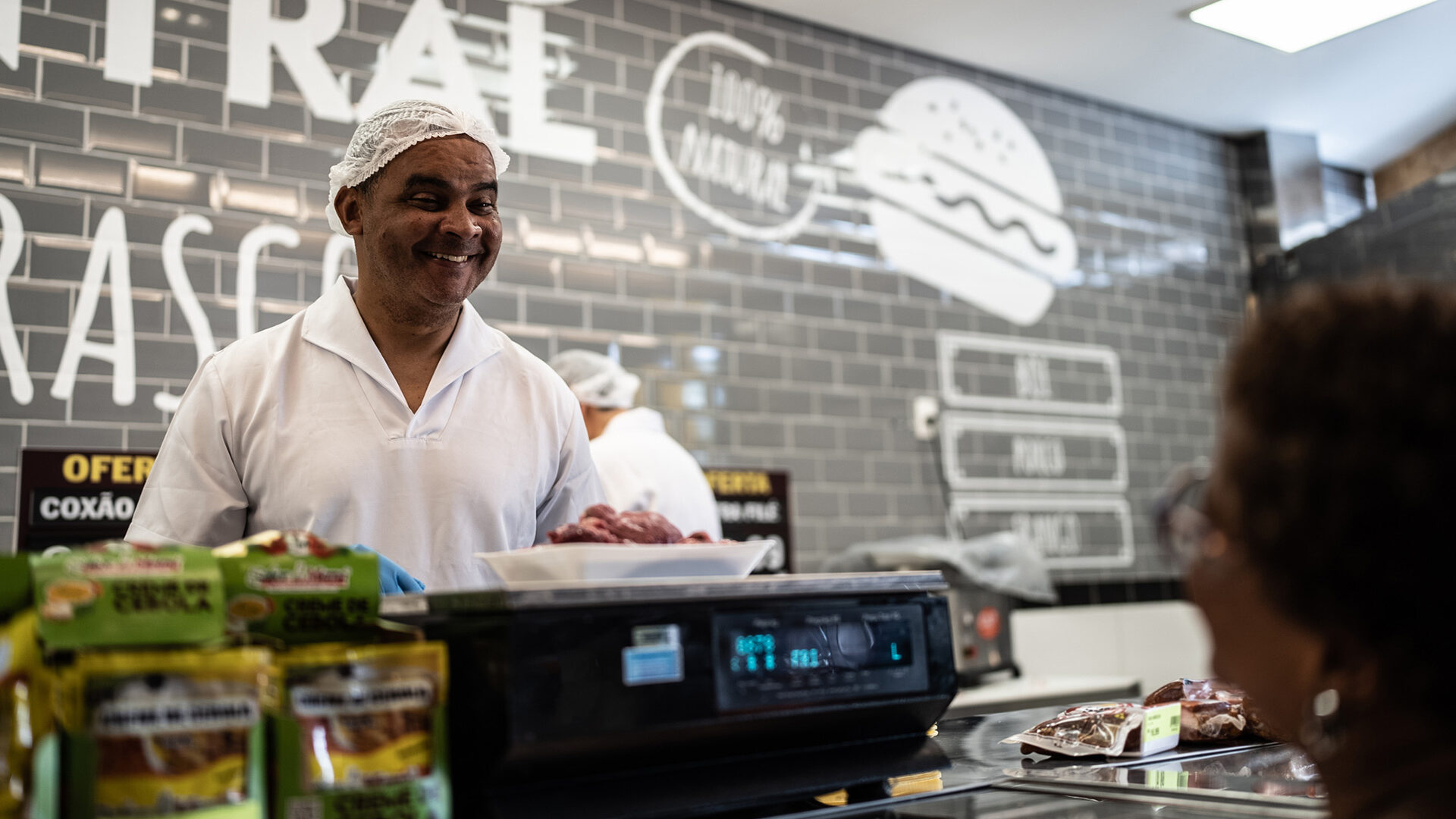3 minute read
‘Tis the Season, and Oh What a Year it Has Been!

Brian Monaco, Vice President of Retail Services
It was at this time a year ago that we were discussing how quickly retailers needed to adapt to the market impacts of the COVID-19 virus. In 10 months, technology needs and advancements surpassed the last decade (see ‘Tis the Season 2019 and 2020.) No one knew what was going to be next with the pandemic. In early 2021, there was talk about the pandemic changing with the arrival of the vaccine, but there was also a big spike in cases. The industry—the world—was looking forward, focusing on an end to the pandemic, not expecting more variants coming like Delta and now Omicron.
Did retailers foresee the impacts of supply chain failures and staffing shortages?
For years, retailers have had a goal of just-in-time inventory. Keep the cash flow flowing. Just in time works when the supply chain is running like clockwork. When there is a disruption in the supply chain, just in time leaves retailers with empty shelves. Those fortunate retailers that had more control over their supply chain, and were able to maintain better in-stock positions, offered a real advantage to consumers and fared better than others.
Many retailers are expanding their market through their initiatives and partnerships. The most innovative companies continue to reinvent themselves to appeal to consumers. Some partnered with direct-to-consumer (DTC) brands or tech startups, or forged their own internal initiatives, to align with the brand and their mission and remain on the cutting edge. These retailers are moving fast and aggressively to inspire customers along their shopping journey. They are sending a strong statement within the industry that they will transform fearlessly to provide an optimal customer shopping experience.
As more shoppers make more purchases online, retailers have had to change their approach.
One of the industry’s goals is to launch automated warehouses for filling online grocery orders. This is just a glimpse of how legacy brick-and-mortar retailers are thinking about and acting on an increasingly competitive market. We have also seen the initiation of perhaps once unlikely partnerships that are providing mutually beneficial opportunities. Online-only brands partnering with box retailers, allowing their products to be sold in more places. Box retailers partnering with shipping/delivery companies to compete with the giant online companies’ 2-hour home deliveries. These types of partnerships seemed very unlikely 18 months ago, but both sides are seeing benefits to help them stay relevant in today’s retail market.
Staffing shortages or the inability to fully cover all the work requirements on a daily basis has been challenging for retailers.
Everyone is trying to get the best coverage with the best employees. Retailers have become competitive trying to secure workers for the long term.
There are predictions that there will be a global human talent shortage between 60-85 million people by 2030. What’s more, the recent resignation rates are the highest among mid-career employees. So, how can retailers remain nimble while recruiting and retaining top-tier talent? Retailers continued to raise their minimum starting wage above the national and state mandates. This has become the “ante” into the game, and now the battle has moved over to employee benefits. In 2021 we saw many businesses enhance employment benefit packages to retain their existing pool while looking to expand their team with fresh talent. Amazon’s milestone announcement to pay the full cost of college tuition for 750,000 hourly employees based in the U.S. is only one example of a large company amplifying its benefits and perks programs to attract employees. Large retailers have made similar announcements, and this trend will continue putting immense pressure on the mid-size and regional players who may not be able to offer a similar benefit.
I see this trend continuing into 2022. Relative to incremental costs to fund programs like this, we can expect increased pressure on the supplier community, given the purchasing power and leverage that the big retailers represent. While the additional education expenses could lead to inflationary pressure, many retailers could use private label expansion to drive branded supplier price concessions and program funding. From small and mid-size companies to large corporations, all employers will continue adjusting their employee benefits packages to provide a feasible work-life balance to remain competitive and boost overall employee morale, satisfaction and retention.
Remaining creative and flexible will be key.
We know if retailers are only able to fill 80 percent of the work requirements each week, they will need to be creative in how they ensure customers’ loyalty in the future. As 2021 rolled along, there were many obstacles that retailers needed to deal with and overcome. The 2022 year will be no different.
Happy Holidays and best wishes. See you in 2022.



